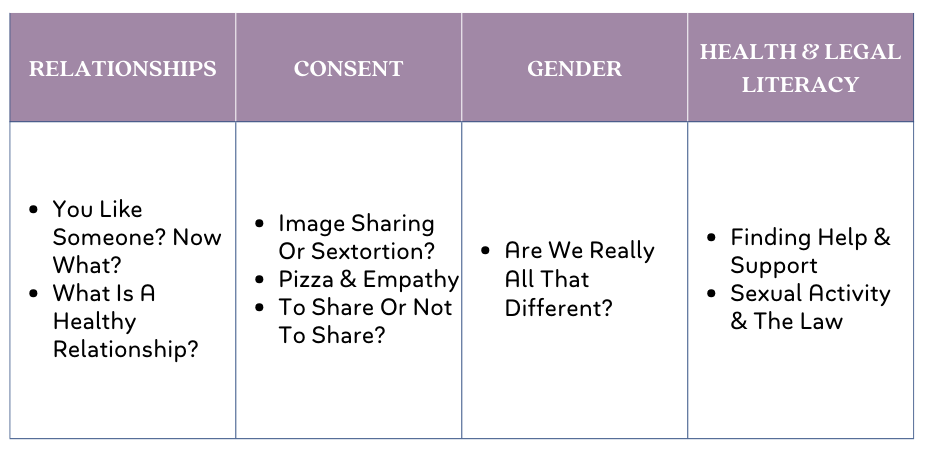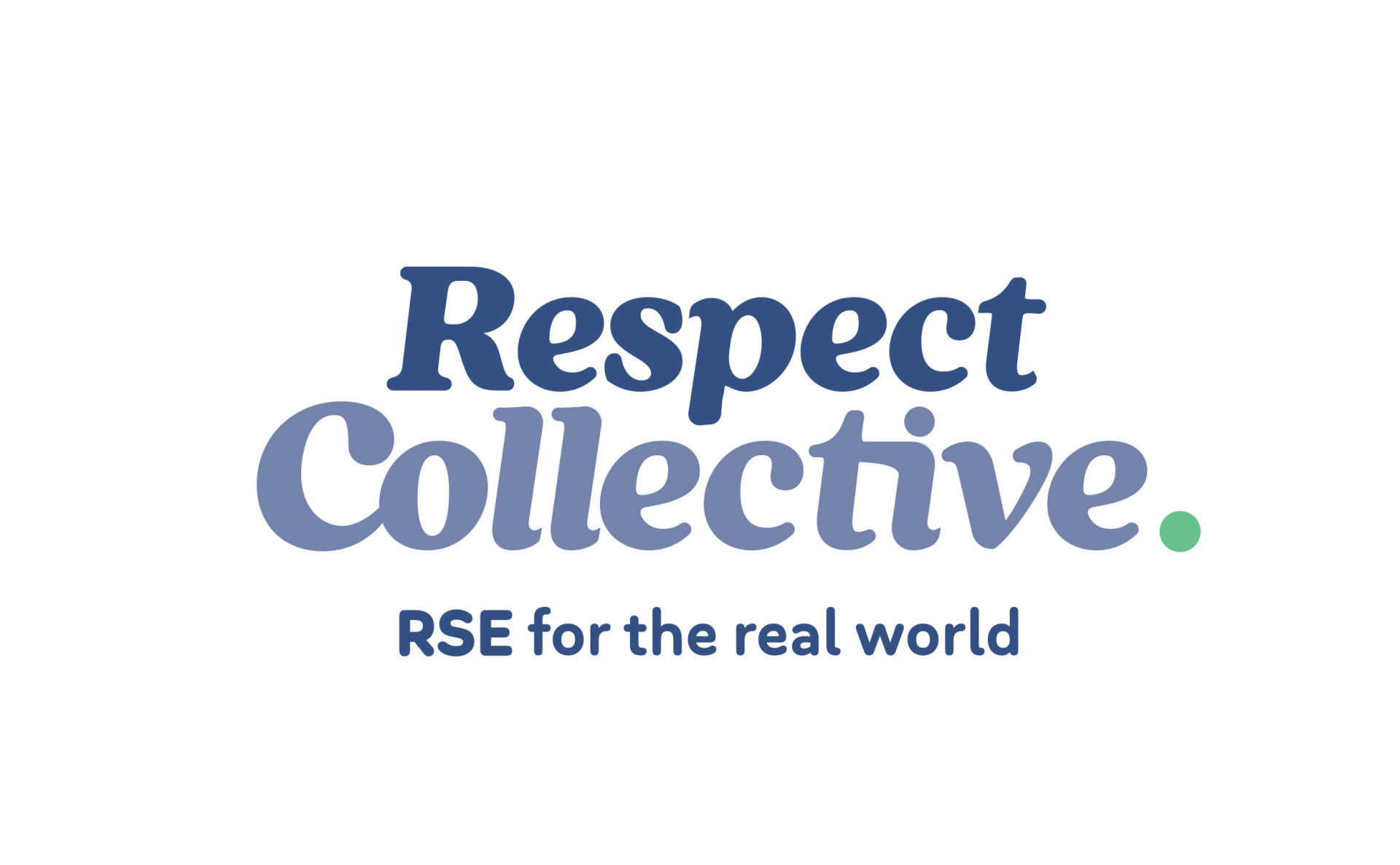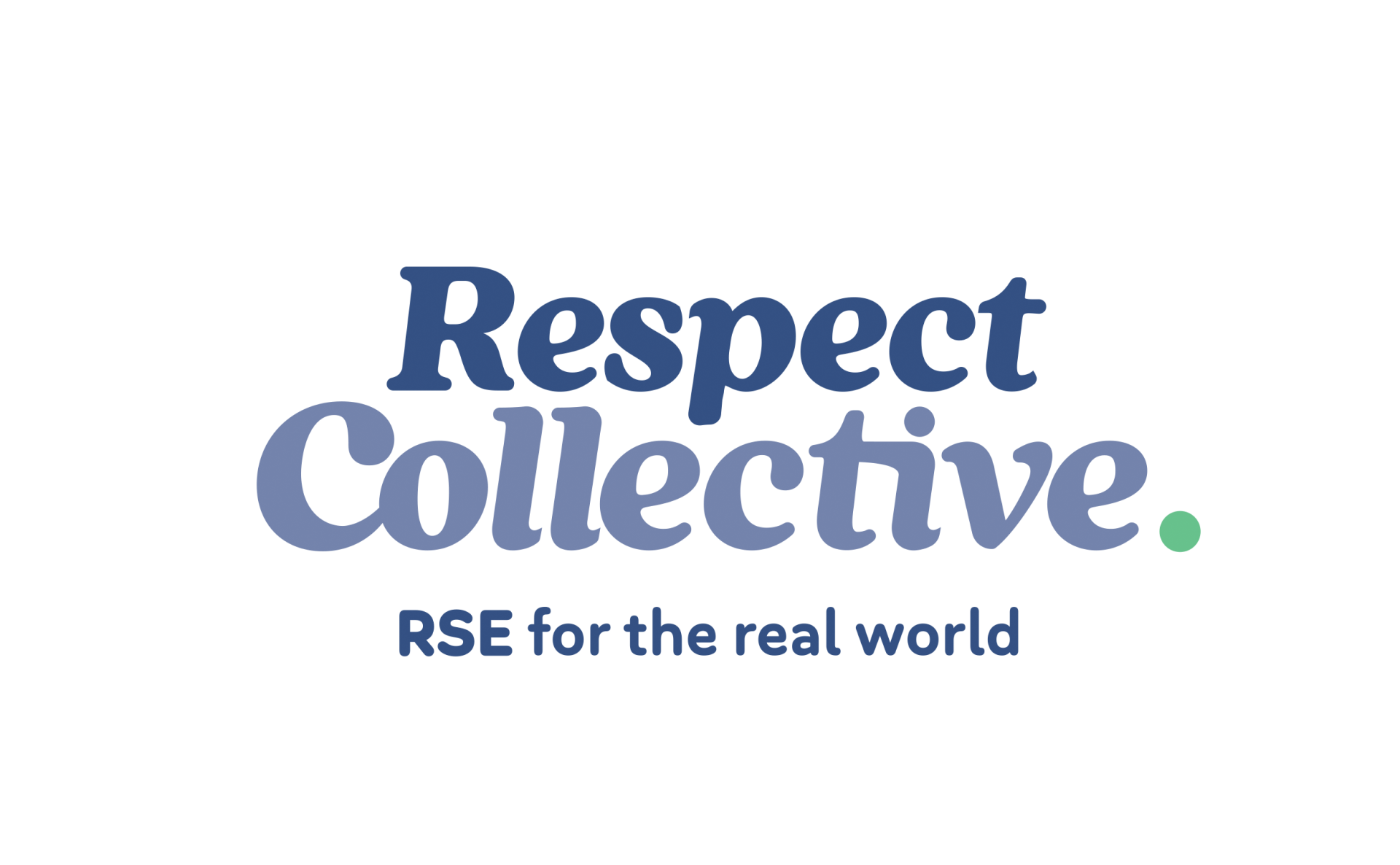In this Image Sharing Or Sextortion? lesson, students will learn about the concepts of coercion, Digital Dating Abuse, and Sextortion.
The lesson includes a True/False quiz to assess prior knowledge, followed by a video summarising the key learning areas. Students will then work in small groups to discuss various situations where sextortion and Image
Based Abuse can occur, using the provided definitions of online behaviours with strangers and in relationships. They will also learn about the early signs of Sextortion and controlling behaviours, and participate in an interactive matching activity to reinforce their understanding.
The lesson concludes with a discussion on
protective behaviours, a video emphasising emotional safety, and encouraging
help-seeking behaviours.
Each lesson ends with a consolidation activity, inviting students to list 1
thing they have learnt from the lesson, 1 thing they already knew, 1 piece of
advice they would share with a friend, and 1 adult or organisation that would
be helpful in relation to the lesson topic.


